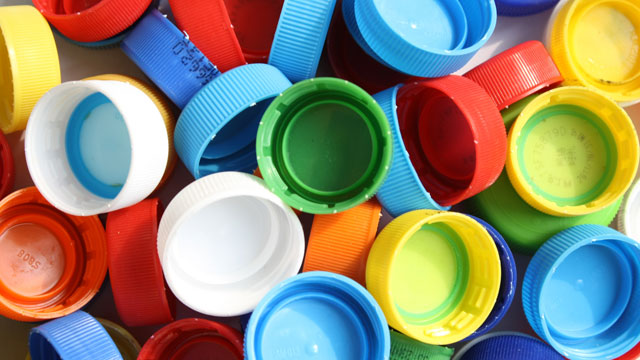By Mina Kim and Molly Samuel

Maybe you’ve noticed the words “BPA-free” on the packaging of plastic products like sippy cups and Tupperware. Studies have linked the chemical BPA, or Bisphenol A, to a host of health problems, particularly in pregnant women and their infants. But lab tests by the Oakland-based advocacy group Center for Environmental Health, have found that the chemicals used to replace BPA may be just as harmful.
KQED’s Mina Kim spoke with Mariah Blake, who wrote about the findings on plastics and synthetic estrogens in Mother Jones:
Estrogenic chemicals found in many common products have been linked to a litany of problems in humans and animals. According to one study, the pesticide atrazine can turn male frogs female. DES, which was once prescribed to prevent miscarriages, caused obesity, rare vaginal tumors, infertility, and testicular growths among those exposed in utero. Scientists have tied BPA to ailments including asthma, cancer, infertility, low sperm count, genital deformity, heart disease, liver problems, and ADHD. “Pick a disease, literally pick a disease,” says Frederick vom Saal, a biology professor at the University of Missouri-Columbia who studies BPA.
In 2008, Blake explained, there was a “BPA panic.”
“The public suddenly became very aware of the fact that BPA was potentially harmful,” Blake said. “Around that time, many manufacturers began moving away from BPA products.”